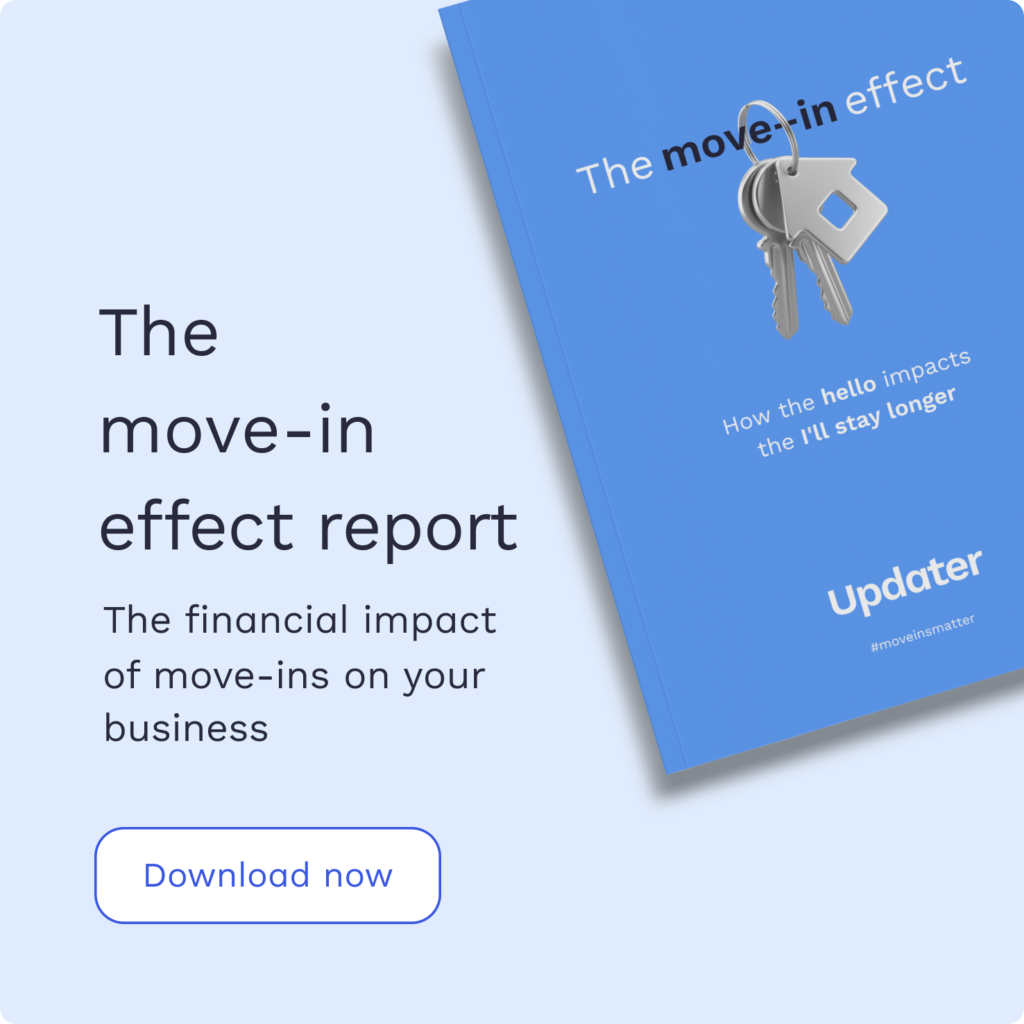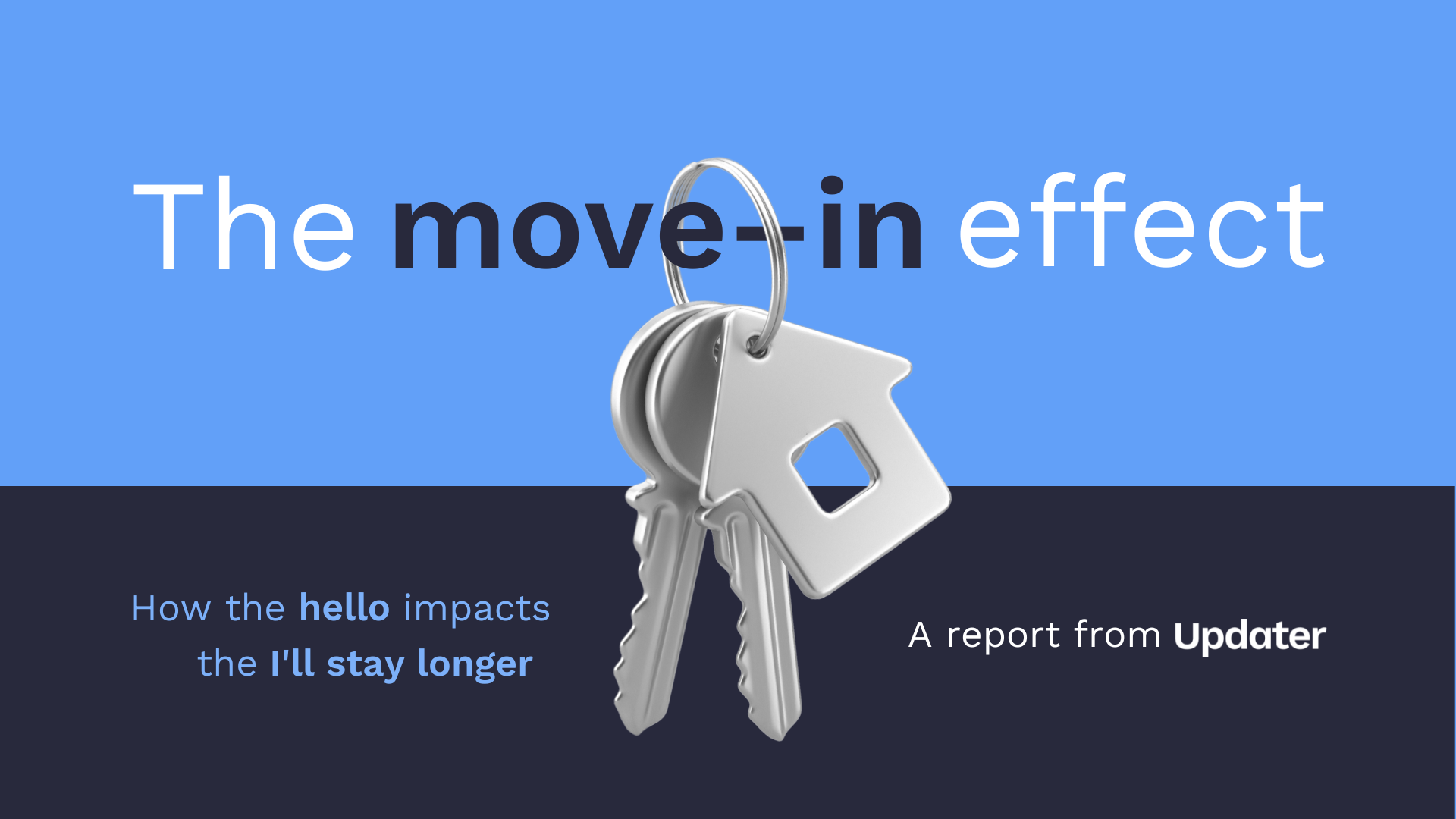Brand Secrets to Success in the Subscription Economy – Lessons from Netflix, Ipsy, BMW

Would you marry someone for financial gain? Maybe. Some people do. But not too many of us would admit it, and it’s not likely to be a recipe for a healthy, long-term relationship.
The same goes for subscription services.
John Deighton, Professor of Business Administration at Harvard Business School, explains, “A subscription service is like a marriage. It’s a contract between brand and buyer to limit assortment.”
He suggests that any business looking to acquire subscribers should ask “why would anyone want to marry me?” Deighton says, “If the answer is because it’s cheaper than dating, the business is in a race to the bottom.”
Tien Tzuo, who coined the term subscription economy, agrees: “To thrive in the subscription economy, it’s not enough to slap a low monthly price on a product and call it a service.”
So, what does make for a healthy, long-term relationship between brand and subscriber? Let’s look at some of the most successful subscription services to find out.
Media Subscriptions: Netflix
I remember when renting a movie meant that I had to get my mom to drive me to Blockbuster or Movie Scene. The new releases were easy enough to find alphabetically displayed on the more prominent shelves around the outer edges of the store—but god speed if you were looking for an older film relegated to one of the stuffed inner shelves. Latest hit all rented? Darn it. Did we remember the rental card? Argh, gotta pay the late fees before we can rent again.
Enter Netflix, which many observers credit with founding the subscription economy. After starting with DVDs by mail, it eventually created the subscription video-on-demand sector, which it now dominates. This streaming giant now boasts over 130 million subscribers worldwide—almost 60 million of which are in the U.S.
Here are some of the reasons Netflix has been so successful.
Exclusive, data-driven content
At the outset, Netflix bought the licenses for older TV shows and movies. As a result, subscribers had a chance to enjoy their old favorites that they couldn’t find on cable or at the local video stores (think Cheers or Twin Peaks). Speed forward a few years, and my husband and I have watched all episodes of The Office (sans commercials) at least twice.
Then, Netflix took exclusivity a step further and began creating their own content. Hello, House of Cards. Not only was this content exclusive, it was driven by subscriber viewing data. By analyzing millions of “plays,” ratings and searches, the bright folks at Netflix were able to engineer a show that would appeal to a broad swath of their audience. At one point, 86 percent of Netflix’s subscribers said they were less likely to cancel their subscription because of the show.
Deighton explains that exclusive material like this is necessary for subscription success. “The key element is must-have content. The Wall Street Journal and The Information have shown that they have highly differentiated content for investors. The New York Times and Washington Post thought they had highly differentiated content—but the subscription rates suggest the must-have factor is not as strong as WSJ.”
Highly personalized, on-demand experiences
The Netflix queue has evolved into a crowd-pleasing personalization engine, suggesting that I watch shows like Absentia and Orange is the New Black, while offering my young boys Zak Storm and Cloudy with a Chance of Meatballs. The more we watch, the more accurate our individual recommendations become. And of course, we can binge at our convenience (without a trip to Blockbuster).
The company has built a personalized entertainment service on intimate knowledge of customers and their preferences. According to Tzuo, it’s the right approach:
“Subscription economy companies live and die by their ability to focus on the customer. The formula for growth lies in delivering multi-channel experiences and services (that get better over time).”\
Of course, Netflix now has many competitors with their own exclusive, personalized content offerings—Hulu, Amazon Prime, Sling TV and a slew of others. The Motion Picture Association of America recently reported that total streaming subscriptions surpassed cable television for the first time, with over 610 million subscriptions worldwide.
Subscription Boxes: Stitch Fix, Ipsy, FabFitFun
I like getting fun stuff in the mail. There’s nothing quite like the anticipation of waiting for your next box. Rushing to your bedroom to tear it open. Discovering what’s inside. Trying on or testing out your new stuff. It’s like Christmas for grown-ups!
Turns out I’m not alone.
A recent McKinsey report showed that the subscription e-commerce market has grown by more than 100% a year over the past five years, with the largest retailers generating more than $2.6B in sales in 2016, up from $57.0M in 2011. Fifteen percent of online shoppers have signed up for one or more subscriptions to receive products on a recurring basis, frequently through monthly boxes—and lots of them have more than one subscription.
Some of the most popular subscription boxes include Dollar Shave Club, Ipsy, Blue Apron, Birchbox and of course Amazon Subscribe & Save (although Amazon largely focuses on low cost, which few other brands have the ability to do). According to McKinsey, they fall into three categories:
-
Replenishment: Allows consumers to automate the purchase of commodity items, such as razors or diapers
-
Curation: Seeks to surprise and delight by providing new items or highly personalized experiences in categories such as apparel, beauty, and food
-
Access: Offers lower prices or members-only perks, primarily in the apparel and food categories
One of the biggest challenges for these subscription box brands is churn—it’s fun to try out a meal box, but you might cancel when you realize cooking the meals uses just about every pot and pan in your kitchen (like I did).
So, how do the most successful boxes keep customers subscribed?
Data-driven personalization (again)
Curation services, with 55% of total subscriptions, are by far the most popular type of subscription box, suggesting that people want personalized products in their monthly deliveries.
Stitch Fix is currently winning on the proposition of personalization. The brand uses a combination of human stylists and algorithms to pick out clothes tailored for individual preferences. According to Bloomberg, their success “hinges on the power of data and technology to improve broken consumer experiences.”
“The part of me that loves data knew it could be used to create a better experience with apparel,” Stitch Fix CEO Katrina Lake explained in Harvard Business Review. “After all, fit and taste are just a bunch of attributes: waist, inseam, material, color, weight, durability, and pattern. It’s all just data.” Lake even hired a chief algorithm officer—a former Netflix data scientist—to bring her data to life for the benefit of the consumer.
I’ve personally benefited from a few pairs of jeans with the perfect fit. Thanks, Stitch Fix.
A new take on content
It’s obvious that media brands like Netflix have to provide exceptional content to win in the subscription economy. It’s not so obvious that a beauty brand could succeed in the same way.
Ipsy’s monthly “Glam Bags” contain customized beauty samples, allowing subscribers to explore new products on the market. They make a small profit on each shipment, but according to Fast Company, Ipsy’s model really stands out in the industry because it successfully monetizes the content around their products.
This idea grew out of Ipsy founder Michelle Phan’s experience as a beauty influencer. She understood that beauty-obsessed consumers love watching videos of people unboxing new beauty products and demonstrating how to achieve certain looks. By partnering with and supporting up-and-coming influencers, Ipsy generates millions of dollars in YouTube ad revenue. The influencer partnerships and video content have also helped Ipsy to grow an engaged, loyal audience.
Value to drive acquisitions
FabFitFun combines the curation category with access, offering a quarterly box of curated items with unprecedented value for the consumer. Instead of a monthly subscription, FabFitFun subscribers pay $49.99 each quarter for a box of full-sized products—and the value of the products comes to four times that (up to $200 per quarter).
Founder Katie Ann Rosen Kitchens says the idea came out of the magazine industry, where women’s lifestyle magazines mostly consist of product recommendations curated by experts in the fields of beauty, health and interior design.
But while value may help the brand acquire subscribers, Kitchens doesn’t believe it will keep them around long-term. Ultimately, she also believes that content is key, which is why FabFitFun is investing heavily in keeping customers engaged across multiple channels. The brand is investing in content like:
-
A magazine that comes in each box
-
An active message board on the brand’s website where members discuss recipes, weight loss, decorating, etc.
-
A members-only TV station on the website where active subscribers can watch workout videos and cooking demonstrations
-
A daily Facebook live show where viewers can learn about products and get other lifestyle content—like a digital version of QVC.
I may have just convinced myself to try this one out.
Auto Subscriptions: Cadillac, BMW, Jaguar, Volvo
Forget buying or leasing. Believe it or not, you can now subscribe to cars (unfortunately, I can’t speak from personal experience on this one).
Auto subscriptions offer some of the same basic perks as other types of subscriptions: sign up for what you want, cancel it when you’re done. In an age where we get frustrated keeping our iPhone for more than a year or two, who wants to keep the same car for five to seven years? Now, you don’t have to.
Book by Cadillac was one of the first offerings in this space in 2017 and started off with a steep monthly fee of $1800. Cadillac stopped offering its subscription service at the end of 2018, but its website advertises a newer offering to be available this year. Access by BMW and Carpe by Jaguar Land Rover offer similar high-end vehicles and price points, but Care by Volvo has entered the space with more affordable plans that start at $600 per month. The trade off with Volvo is that you can only swap cars every 12 months (unlimited trades with most other services).
These are [mostly] very expensive offerings. What’s driving subscriptions?
Flexibility for your lifestyle
Maybe you’re a weekend warrior, commuting to the office during the week and heading out for adventures come Saturday. Choose an economical sedan for Monday to Friday and then swap it out for an SUV to carry your bikes or ski gear. Planning a group event? Choose a vehicle with more seats. Trip with the kids and their friends? Grab a minivan.
The main advantage of car subscriptions is flexibility in your mode of transportation. This is a brand new, customer-focused concept for the auto industry, which is battling disruptors like Uber and Lyft.
Convenience
These subscription models allow buyers to acquire wheels without the traditional hassles of visiting a dealership, haggling with a salesperson, securing a car loan, buying insurance, etc. Just sign up, pay your fees, and use your mobile app to order the car you want.
Most of these subscription automobile services also include all the extras you typically need when owning or operating a vehicle—insurance, maintenance, roadside assistance. You’re basically just left with the cost of gas, which simplifies the experience of owning a vehicle.
In this era of instant gratification, automotive subscriptions are simple and flexible, removing the long-term commitment, cumbersome purchase process and rigid ownership approach of being tied to one vehicle for five or six years.
As Tzuo’s company Zuora explains on their website, “At the heart of the subscription economy is the idea that customers are happier subscribing to the outcomes they want, when they want them, rather than purchasing a product with the burden of ownership.”
Conclusion: disrupt traditional services
Exclusive content. Data-driven personalization. Value. Flexibility. Convenience. These are some of the key elements to success in the subscription industry—evidenced by some of the current winners in the space.
Whether in the media, e-commerce or automotive industries, the common thread is catering to the customer to develop a long-term brand/buyer relationship. The focus has evolved from pushing a product to serving the customer.
And the success of this growing subscription economy is forcing more traditional services to evolve, too. Netflix and other media subscriptions have compelled cable companies to make changes (Comcast now offers Netflix streaming services in its cable bundles). Retailers and consumer brands are buying and creating their own subscription businesses (Unilever bought Dollar Shave Club for $1B). Insurance has been disrupted by many online providers that offer easy, fully-online, data-driven homeowners and renters insurance plans.
Whether or not you’re offering a subscription service, the subscription economy has changed customers’ expectations of the brands they interact with.
With this in mind, Deighton’s advice could apply to nearly every business. Don’t forget to ask yourself: Why should a customer marry my brand?














